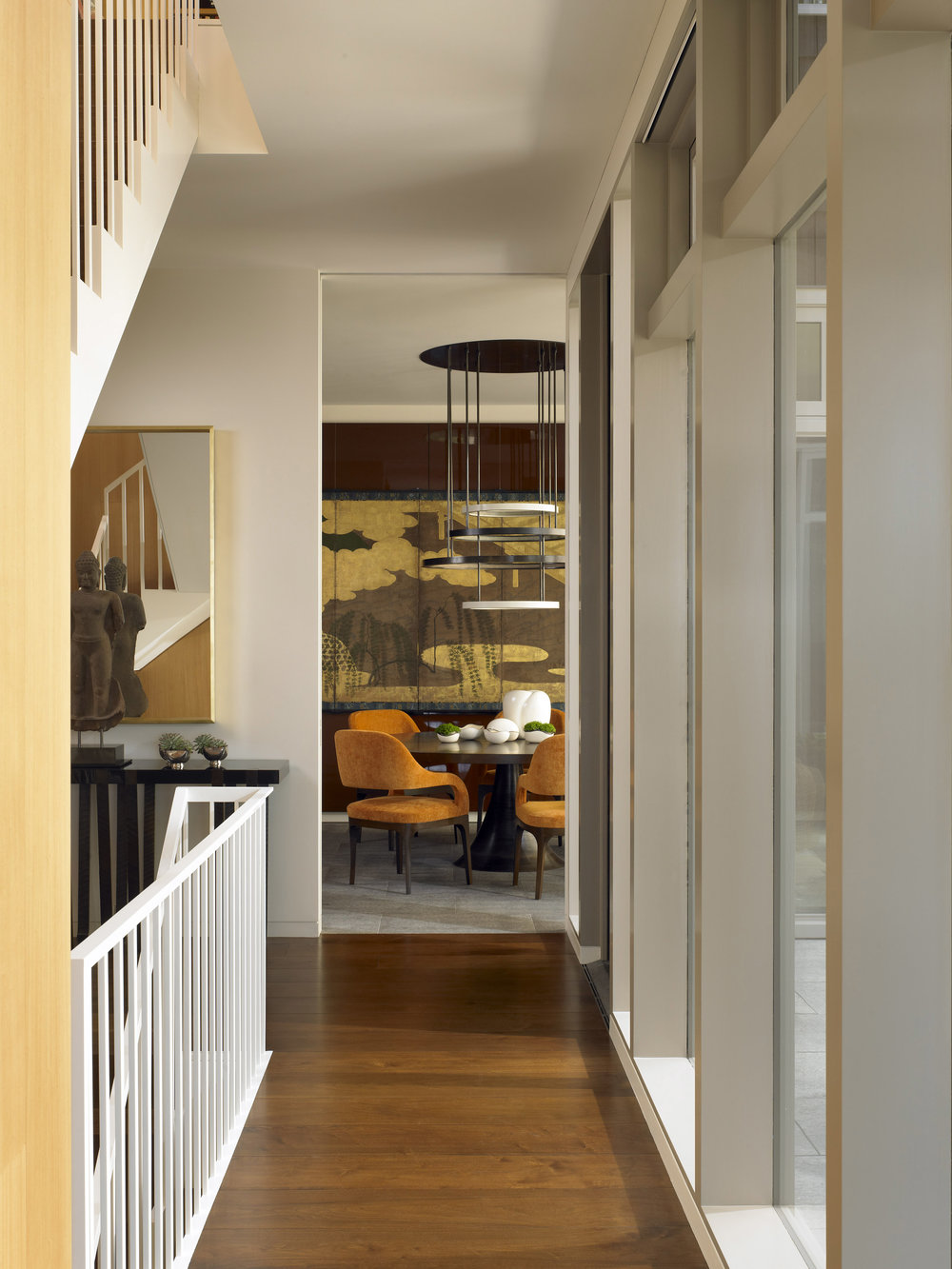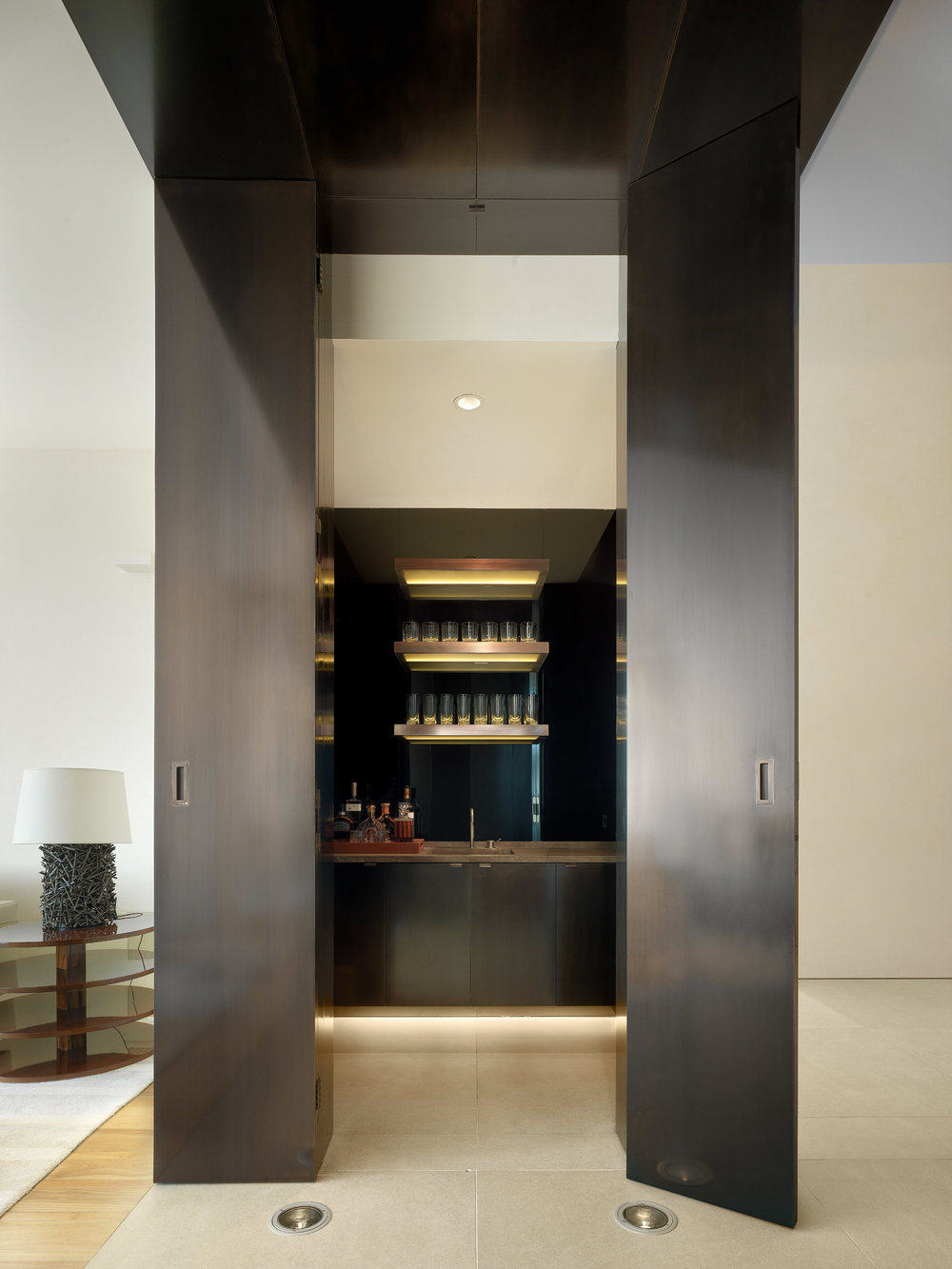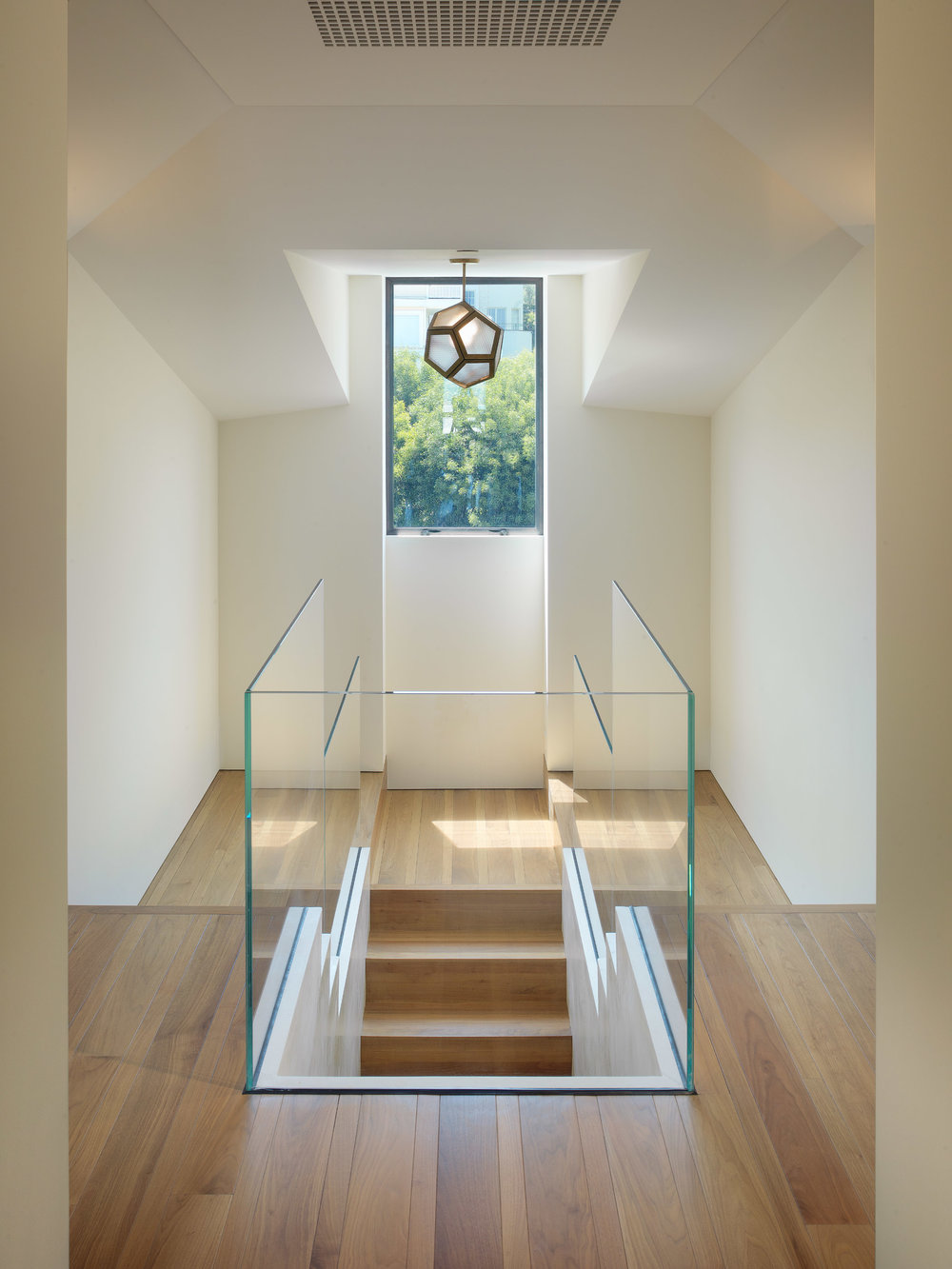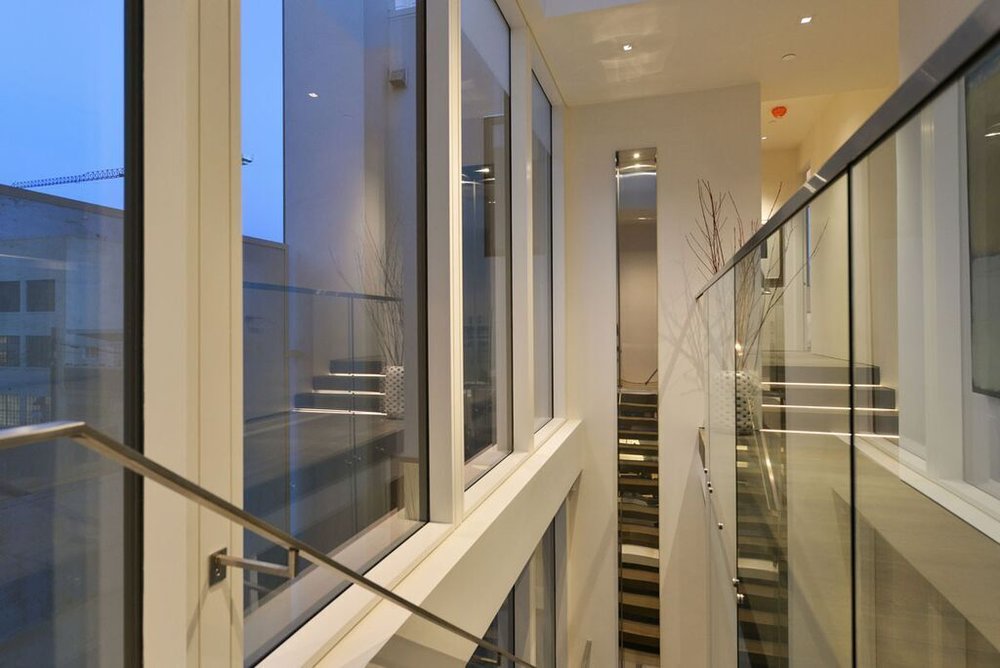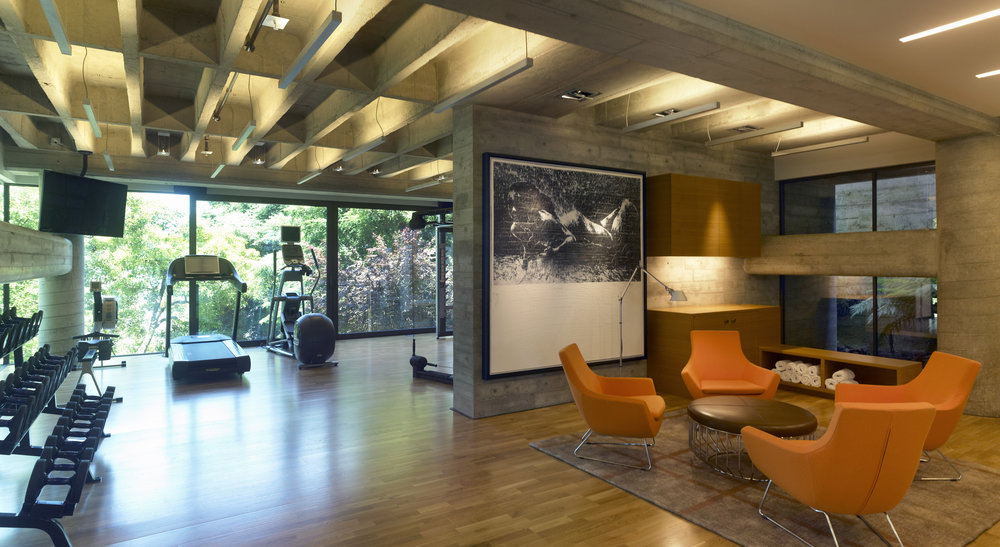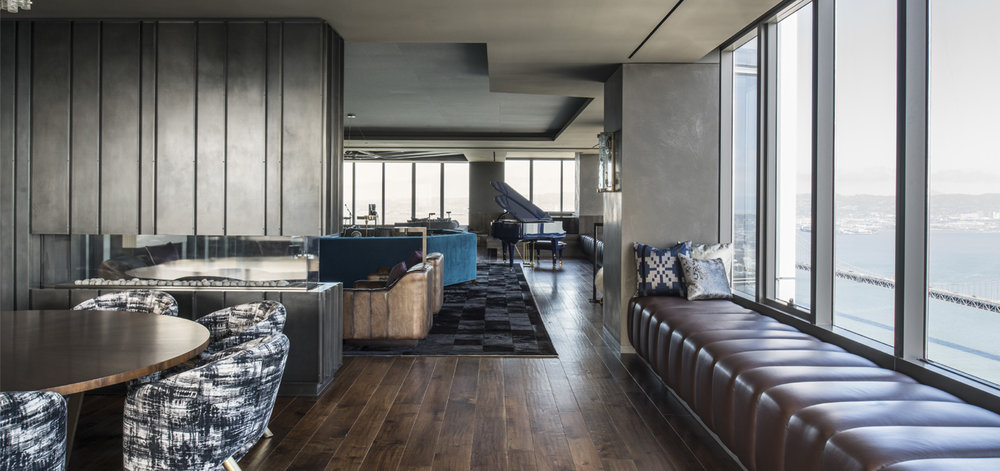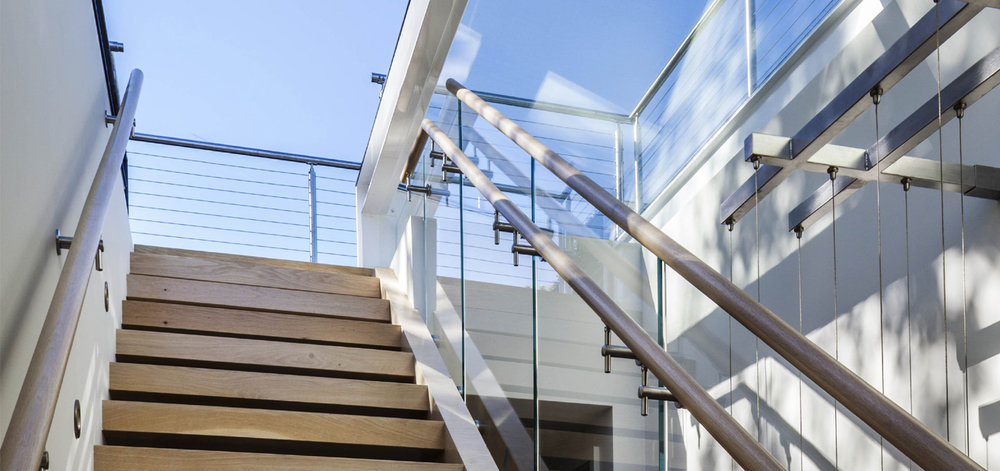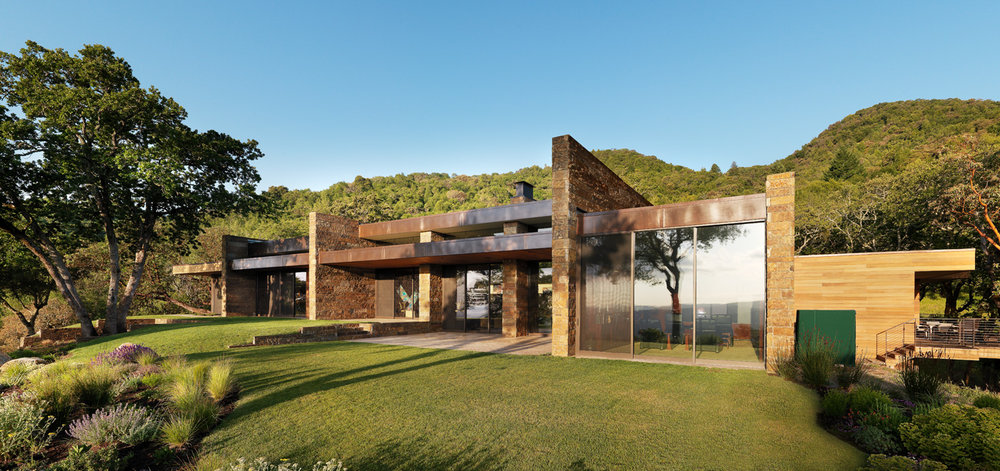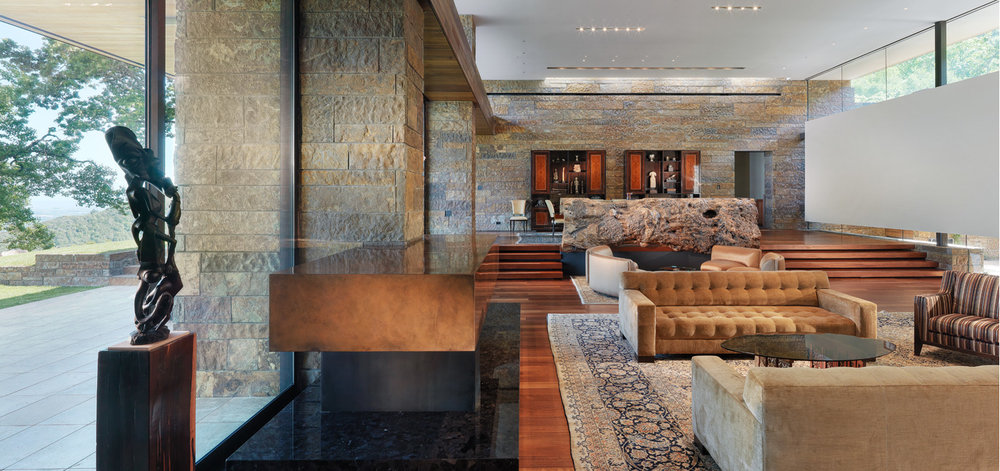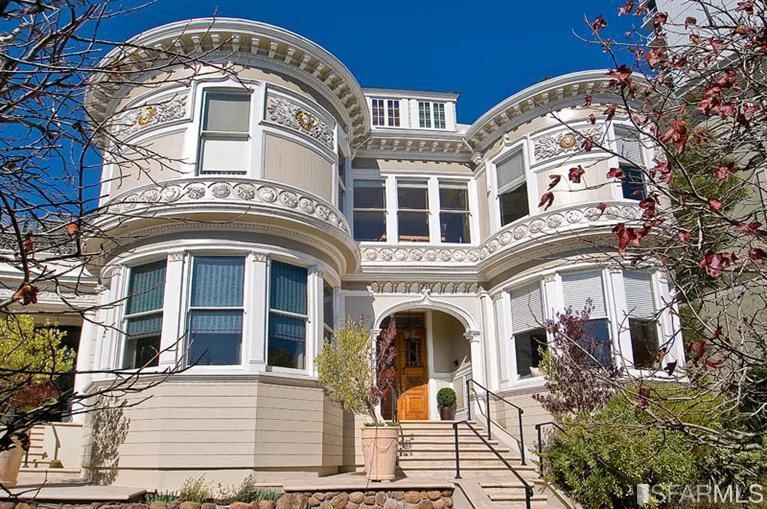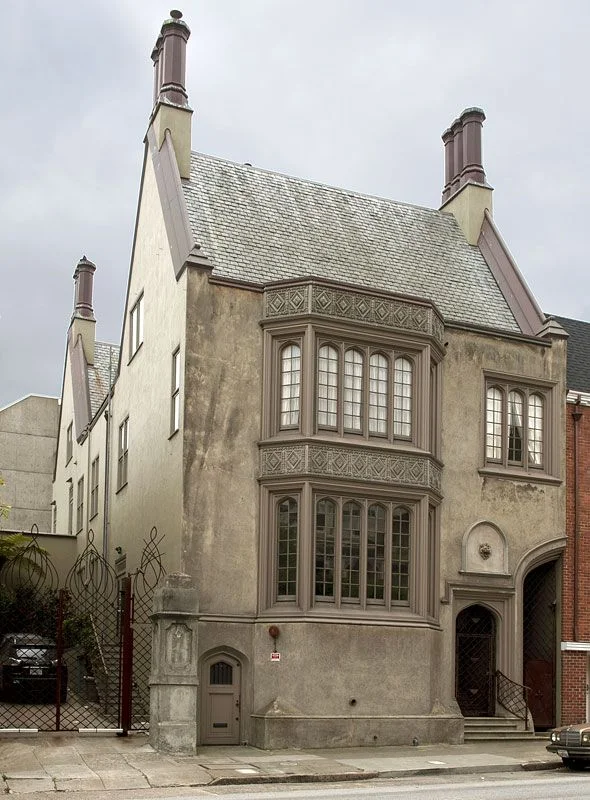Geddes Ulinskas - Geddes Ulinskas Architects
/The Alchemy of Geddes
By Joseph Lucier
High atop downtown San Francisco's venerable Mills Building sits a sun drenched office where elegant designs are created for some of the city's most exacting residential clients. I first visited the offices of architect Geddes Ulinskas last year and was immediately taken by a model of a pool house that he was collaborating on with a Pacific Heights family. The sensitivity and the patience of making such a model made me realize immediately that in an age of CAD design and digitized reality, Geddes is a bright spot shining through to a bygone time where discourse and the flexibility of human touch still guides architectural decisions. During his time working in the San Francisco Bay Area, Geddes has embraced a keen eye for classical proportion, engaged in spirited discourse with San Francisco's unique topography, and, ultimately, delivered his clients beautiful homes that offer them a sense of daily inspiration.
Geddes Ulinskas
Joseph Lucier: What was your path like to establishing a career as an architect?
Geddes Ulinskas: Growing up, I was sure that I was going to have a career as a commercial artist or an illustrator. My aunt was a very successful illustrator and painter who trained at Pratt Institute in New York. Pratt held a merit based scholarship program for art and architecture. It was a national competition to gather the best students from all over the country. Somehow, I missed the deadline to apply for the art scholarship, but my art teacher pointed out that I still had time to apply for the architecture scholarship. I didn’t really know anything about architecture, but was told that if I got a scholarship to attend Pratt, I could always switch my major. I entered the architecture competition and was awarded the first-place full scholarship. I was so fascinated by architecture that I never switched my major and graduated from the program.
Prior to establishing my own firm, I was fortunate to work with some international architects like Ricardo Legoretta and Fumiko Maki. I found these architects to be intensely creative and artistic in their approach to space. It reminded me that there shouldn’t be tangible difference between artists and architects.
JL: You worked in New York prior to opening a firm in San Francisco. What are some of the benefits and challenges of working in San Francisco as opposed to New York?
GU: New York is such a vibrant urban context to work in. There is nothing like it. When you design in New York, you are always acknowledging what is near you and what surrounds you, but you are usually creating an inward focused space. San Francisco has such unparalleled topography and natural beauty; the architecture is much more outwardly focused toward views of the bay or the skyline. Because of all the hills and slopes, even back yards and basements have views.
JL: Your offices are in one of downtown San Francisco’s most venerable buildings, the Mills Building (1890). What other public buildings in the city speak to you?
GU: I love the Palace Hotel; the Garden court is a very magical space. The Frank Lloyd Wright building on Maiden Lane is a great gem. I find the Armory to be wonderful. One of the scenes of the original Star Wars was filmed there. It doesn’t get much better than that.
"To draw and build by hand brings the team a more intimate understanding of the design. By designing with traditional methods, more unintended things happen, and that is often a good thing."
JL: What are the things that anybody can do to make their home more livable?
GU: The entrance to a house is so important. It sets up the feeling you get coming home. It reminds you why you love returning at the end of the day. It’s the transition from the outside world into your oasis. The front gate, the steps, the reflecting pool – if you can make that happen, it can be a daily ritual you love.
JL: What signals a "dream client" to you during the interview process for a new project?
GU: A client’s art collection often can tell me that a project is going to be a dream project. The way a client has collected art, objects, and furniture signal a passion for design and craftsmanship. I can also build a plan around their art and understand their home as a space where they co-exist with the work they have collected. I love it when we finish a project and the client’s art and objects breathe life into the home. It is so wonderful to see.
JL: I understand you engage in the more traditional design practices of hand drawing and modeling. Why is that important in a digital age?
GU: To create a work of architecture is an intensely personal endeavor for the client. The architect is the client’s partner and guide in the process. To draw and build the design by hand just brings the team a much more intimate understanding of the design. I also feel that parameters get established very early on when working digitally, but when designing with traditional methods, more unintended things happen, and that is often a good thing.
JL: You have had the fortune to work with some of the great interior design talents in the city. How did these professionals inspire you during the projects?
GU: The designer’s I’ve worked with have developed an amazing sense of scale. They just seem to know the perfect proportion that an object should have and its relation to another object, and all this tells a story.
JL: “Behind every great project is a great client.” What does that mean to you?
GU: It means I’ve been lucky and I’ve had the good fortune to meet some great clients. I’ve learned a lot from the builders I’ve worked with. I have learned a great deal from the designer’s I have been partnered with, but by far, I have learned the most from my clients.
JL: How do you refresh yourself creatively?
GU: I often guest critique at CCA. To see students and the work they are doing is very inspiring. It helps me to understand the directions that design is exploring and gives me a glimpse of what the new generation of architects will be achieving which is very exciting.
"I have learned a great deal from the designer’s I have been partnered with, but by far, I have learned the most from my clients."
JL: What is your favorite color. Why?
GU: Green is my favorite color. It is the color of growth and creativity.
JL: Are you more of a dreamer or a practical person?
GU: I would definitely say dreamer. I think every great architect is a dreamer, but a dreamer who is smart enough to surround himself with practical people.
JL: Favorite neighborhood in San Francisco?
GU: The Mission is such a great mix of old and new, of cultures and ideals. It is a place where people try things, some fail, some succeed.
JL: What are you reading?
GU: If on a Winter’s Night a Traveler – Italo Calvino
JL: In what international country or city would you like to go to study architecture?
GU: Rome, Rome, Rome.
JL: Favorite thing to do on the weekends?
GU: I love to get outside and do some watercolor on weekends.
Visit Geddes @ ularch.com
Portrait photo: Carly Tabak
Architectural photography: Rein Van Rijthoven, Richard Barnes, Drew Kelly



